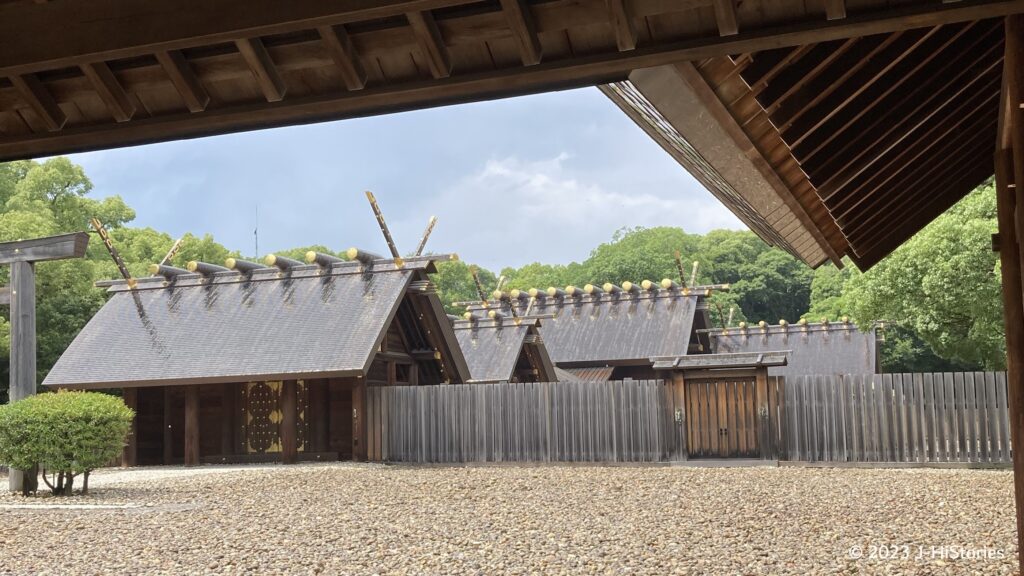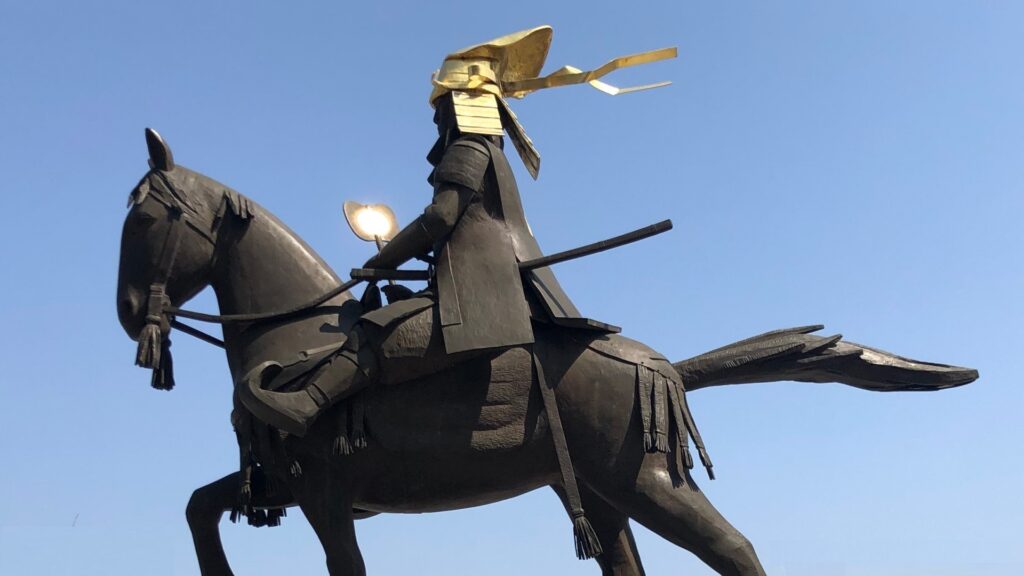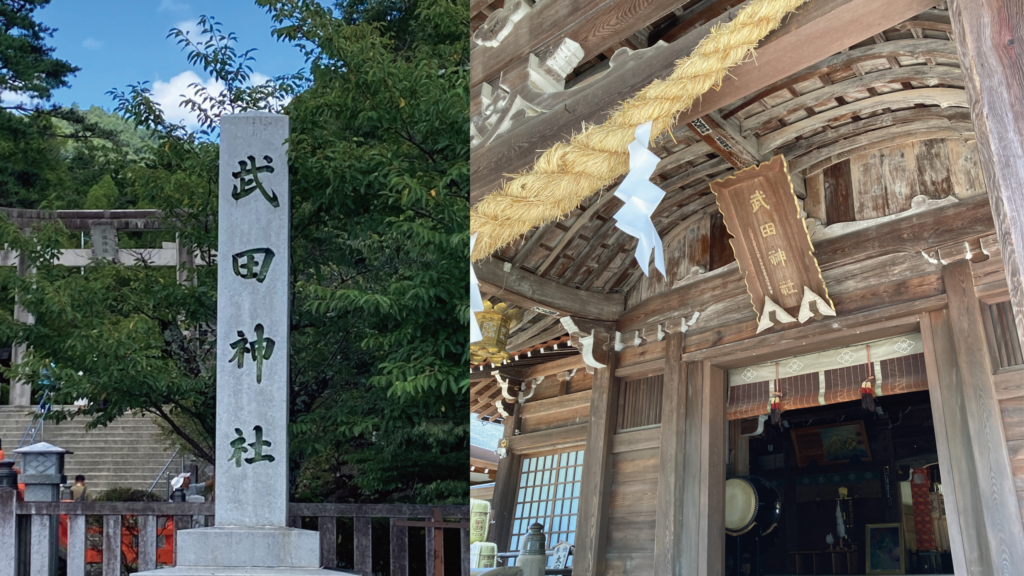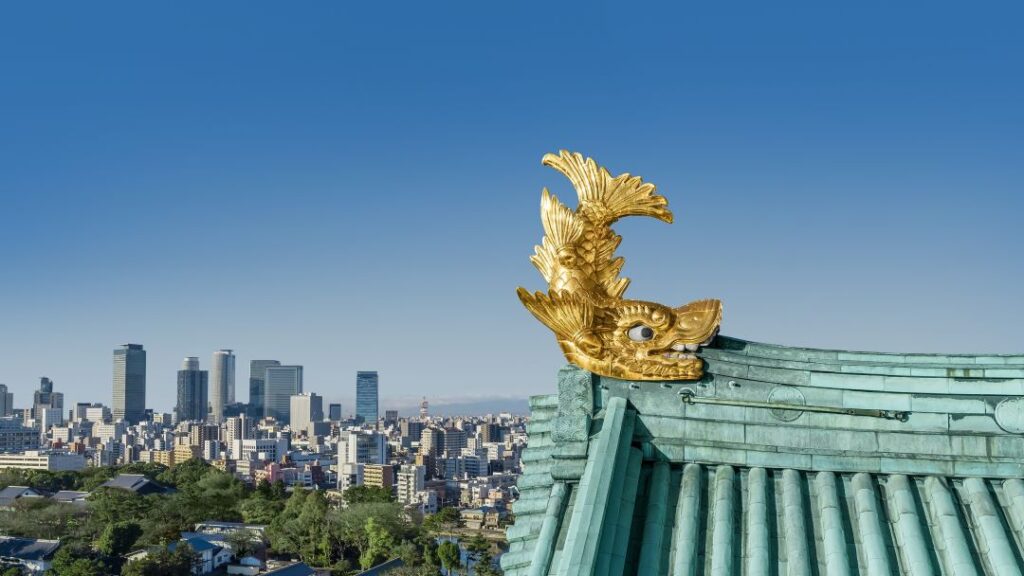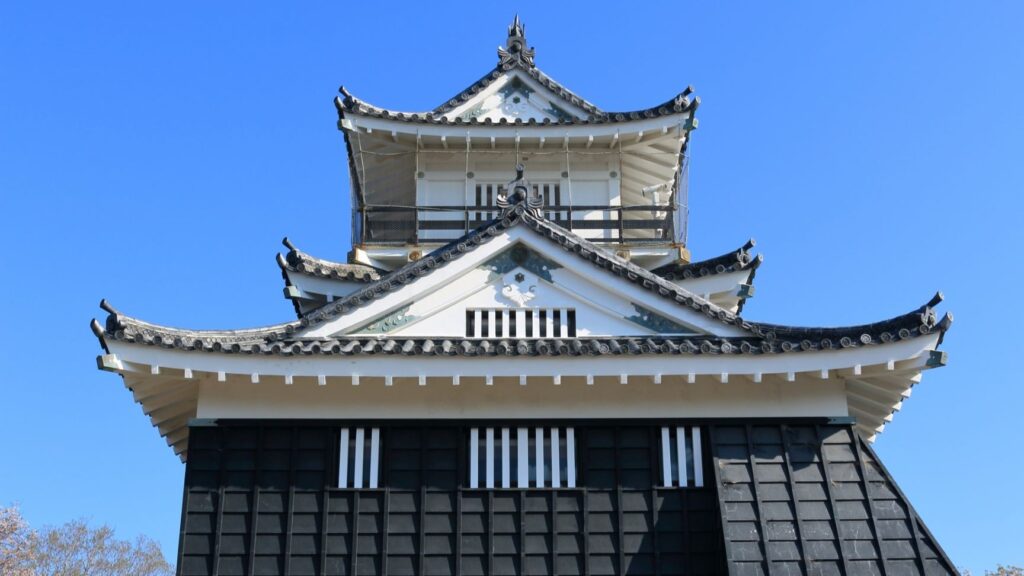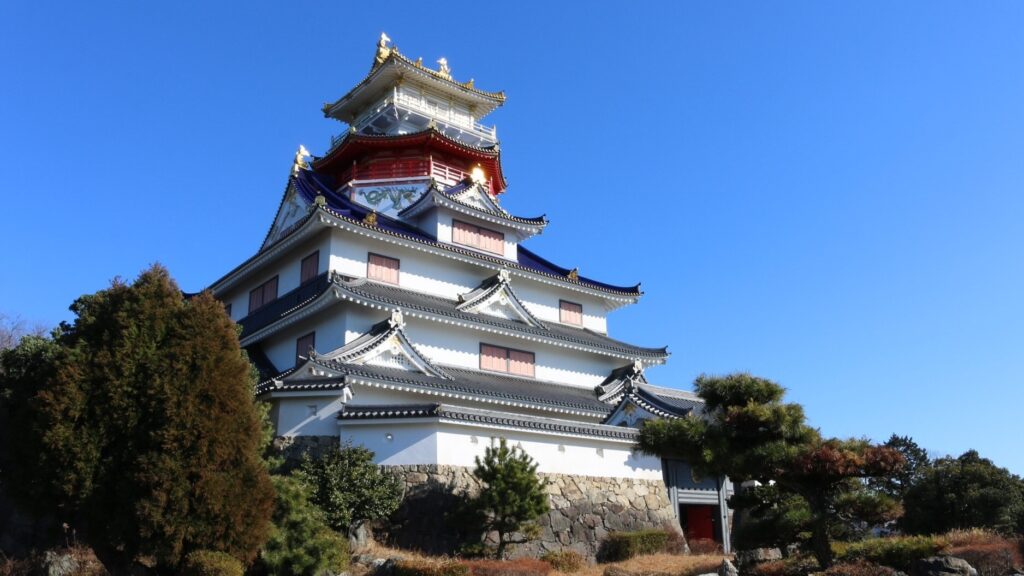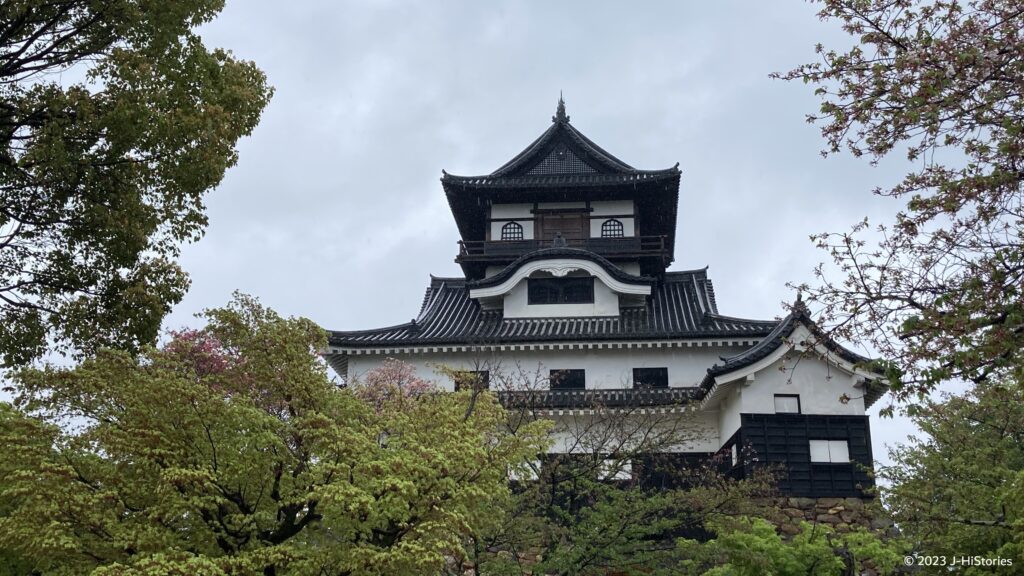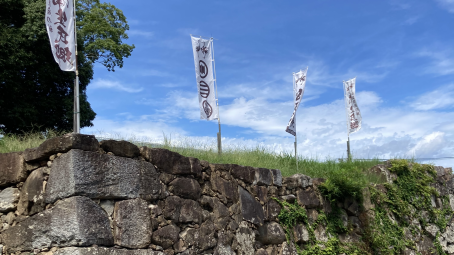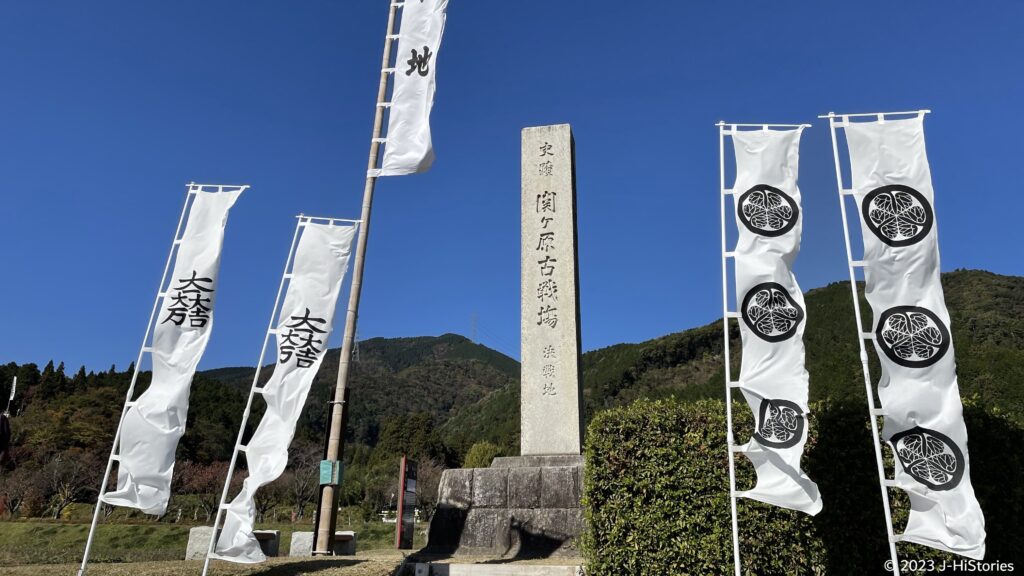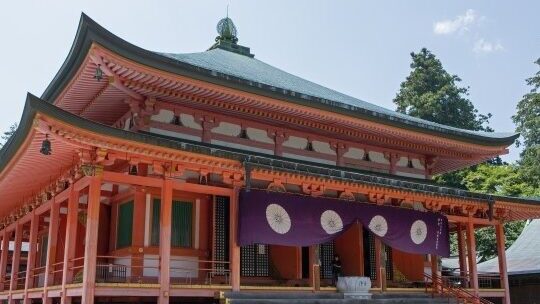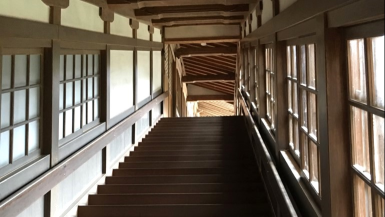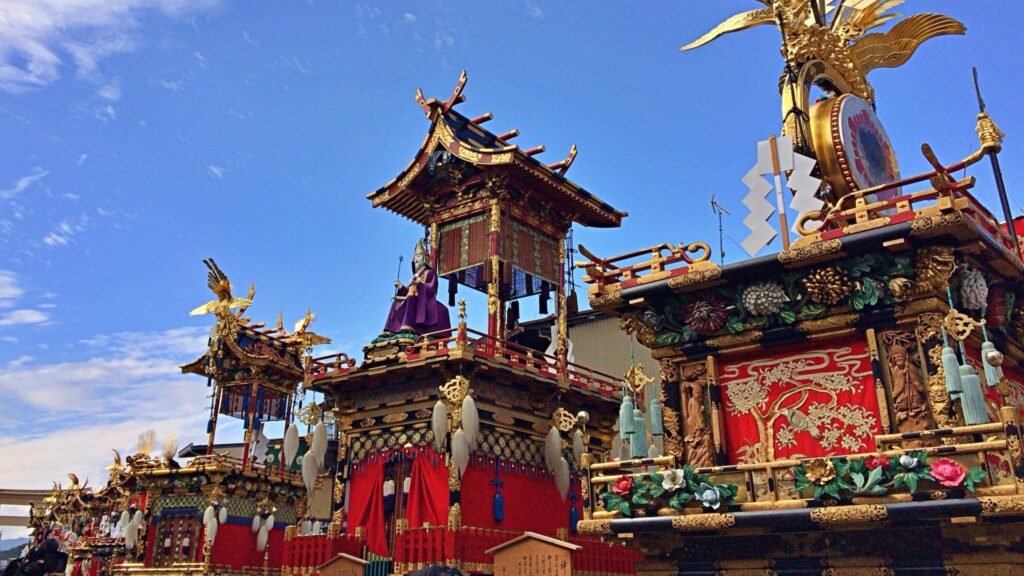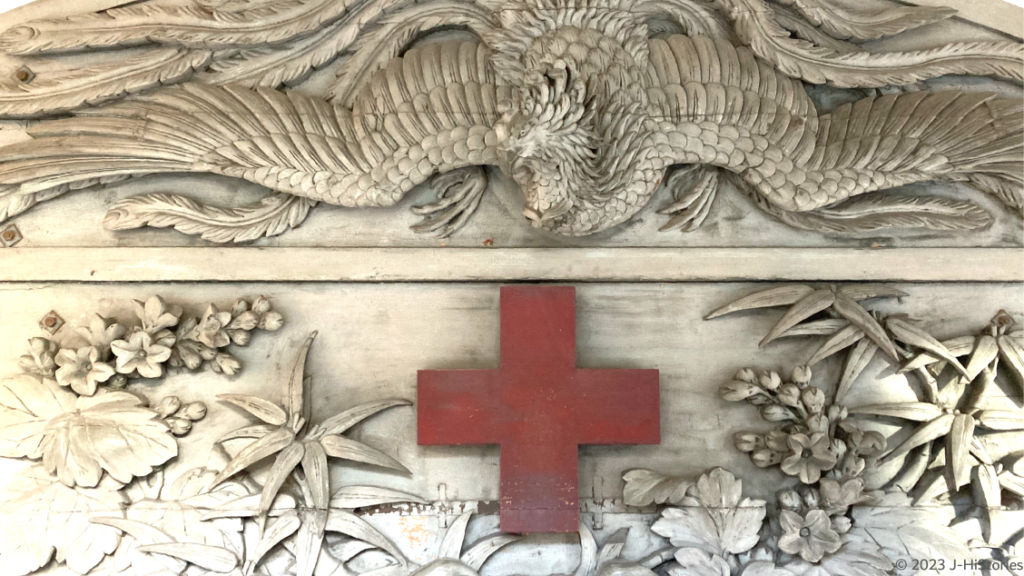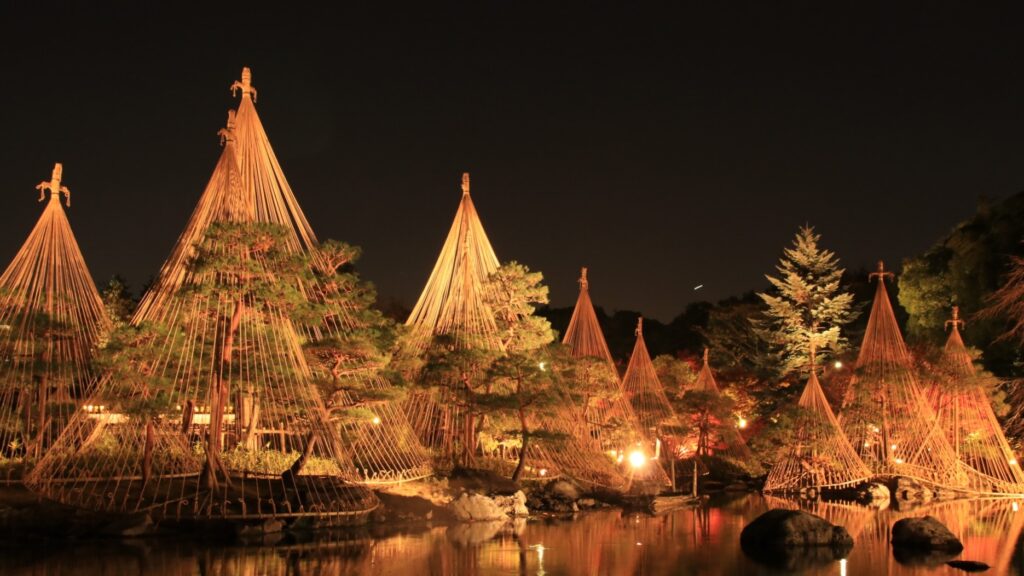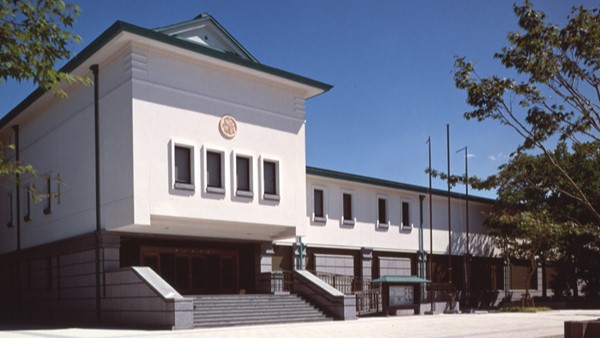Home of the Three Sacred Treasures and the Three Great Samurai
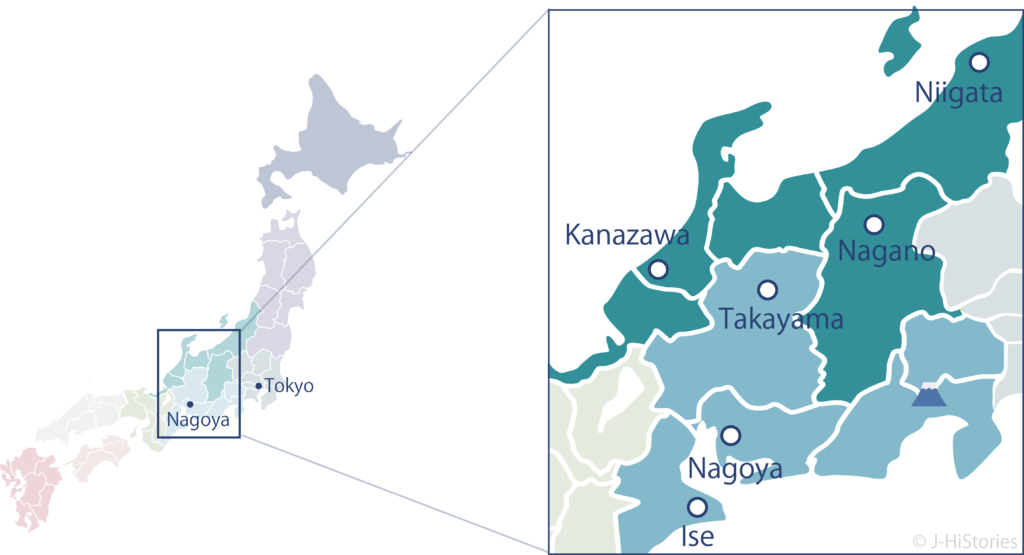
This region consists of Aichi, Shizuoka, Mie, Gifu, and Yamanashi in Tokai and Fukui, Ishikawa, Niigata, Toyama, and Nagano in Hokuriku & Shinetsu. Two notable shrines are Ise Jingu and Atsuta Jingu, which enshrine the Sacred Mirror and Sacred Sword in each. During the Warring States period, three iconic figures emerged: Oda Nobunaga, Toyotomi Hideyoshi, and Tokugawa Ieyasu, all seeking to end the turmoil. Their legacy is reflected in several famous castles, including Nagoya Castle, Inuyama Castle (national treasure), and more.
Easy access to Nagoya on JR Tokaido Shinkansen (the bullet train) from Tokyo, Osaka, Kyoto, and other major cities. Or fly to "Centrair" or Central Japan International Airport, then transfer to the local Nagoya train to Nagoya station. To Nagano and Kanazawa, easy access by JR Nagano Shinkansen from Tokyo or by Super Express from Nagoya.
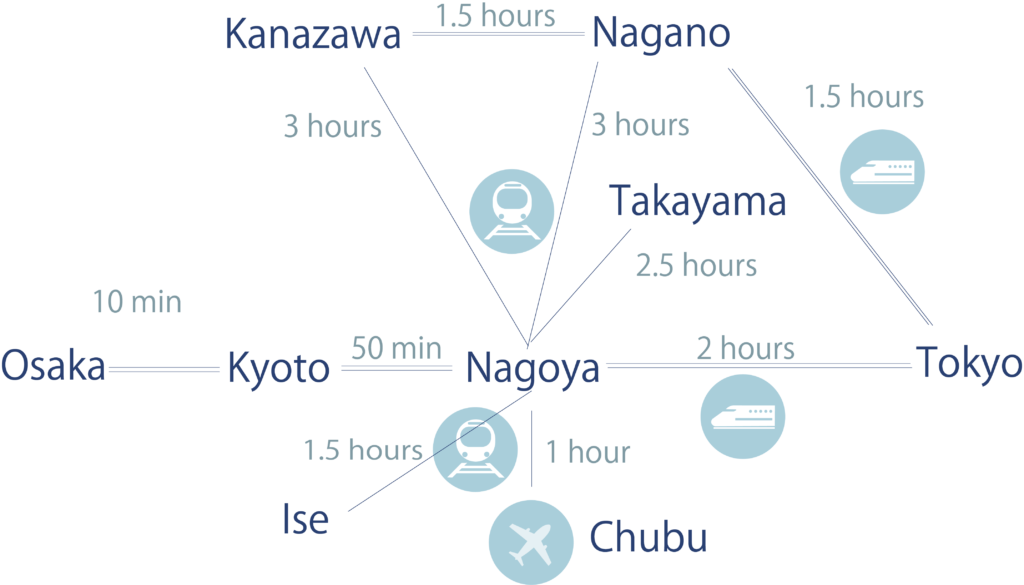
Shrines
Ise Jingu
Jingu, worship the ancestral deity, Amaterasu. It is customary to pray at Geku first and then Naiku of the two main shrines.
(写真提供:神宮司庁/ Jingushicho :Jingu Administration Office)
Atsuta Jingu
Nearly 2000 years of history, starting from the sacred sword, "Kusanagi-no-tsurugi", one of the three Imperial Regalia, was enshrined.
Suwa Taisha
Large tree pillars down the slope in a single bound. Onbashira Matsuri is Suwa Taisha Shrine's sacred ritual ceremony held once every seven years, with more than 1200 years of history.
Uesugi Shrine
Kenshin was so strong among warlords. He lost only twice out of 71 battles, making him a true God of War. His belief was to restore the Muromachi Shogunate during the turmoil of the Warring States Period.
Takeda Shrine
Takeda Shingen, known as the Tiger of Kai, was feared as the strongest warrior of his time, leaving behind numerous military achievements throughout his life. The shrine enshrined Shingen's spirit.
Castles
Nagoya Castle
Can’t miss the overwhelming beauty of 1,049 sliding door paintings by the Kano school, representing Owari Tokugawa's authority
Okazaki Castle
Tokugawa Ieyasu's home castle. Born during the turbulent Warring States period, Ieyasu's life started under hardship as a hostage
Hamamatsu Castle
Tokugawa Ieyasu's base to fight against his arch-enemy, Takeda Shingen, to achieve a peaceful era with the allied Oda Nobunaga.
Gifu Castle
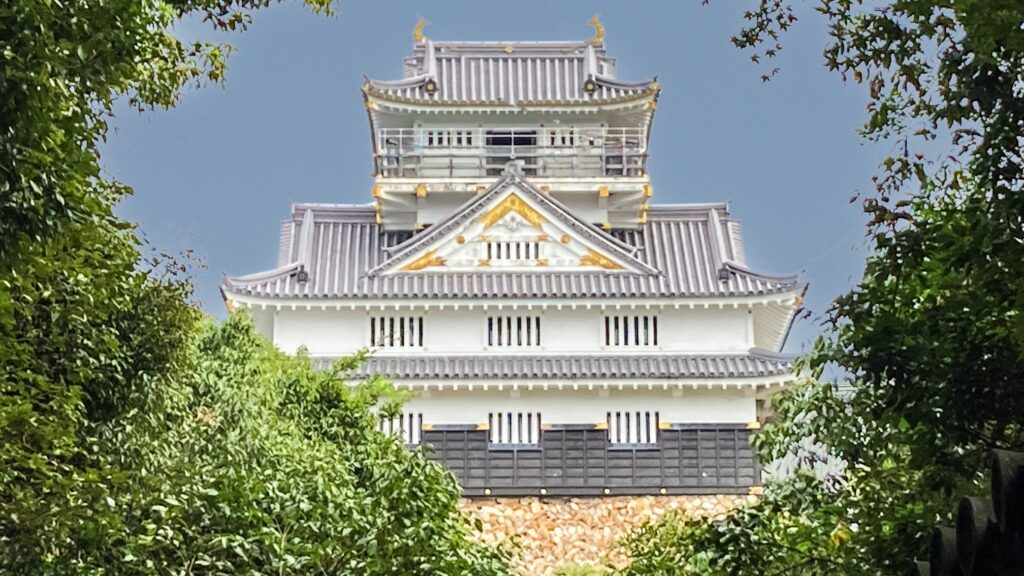
After Countless Battles, Oda Nobunaga proclaimed Tenka Fubu, taking the first steps towards restoring order to the war-torn era.
Komakiyama Castle
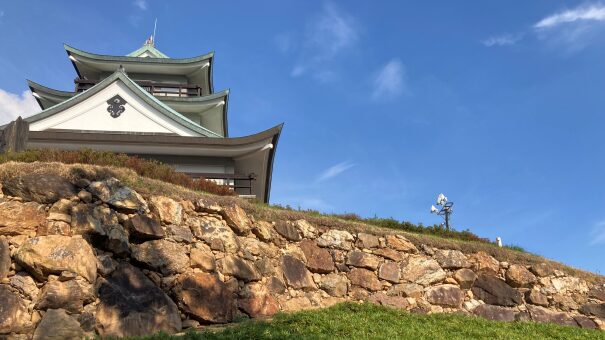
The first castle built by Oda Nobunaga himself. An important base for conquering the Saito clan of Mino (Gifu prefecture).
Azuchi Castle
Oda Nobunaga held the inaugural light-up event. This event served as a declaration heralding the arrival of the nation's unifier and a forthcoming peace.
Inuyama Castle
The first castle lord, Naruse Masanari, supported the Owari Tokugawa Domain & Tokugawa Shogunate
Matsusaka Castle Ruin
Matsusaka Castle was built by Gamo Ujisato, a great in martial arts and scholarship, and admired by Oda Nobunaga and Toyotomi Hideyoshi.
Ueda Castle
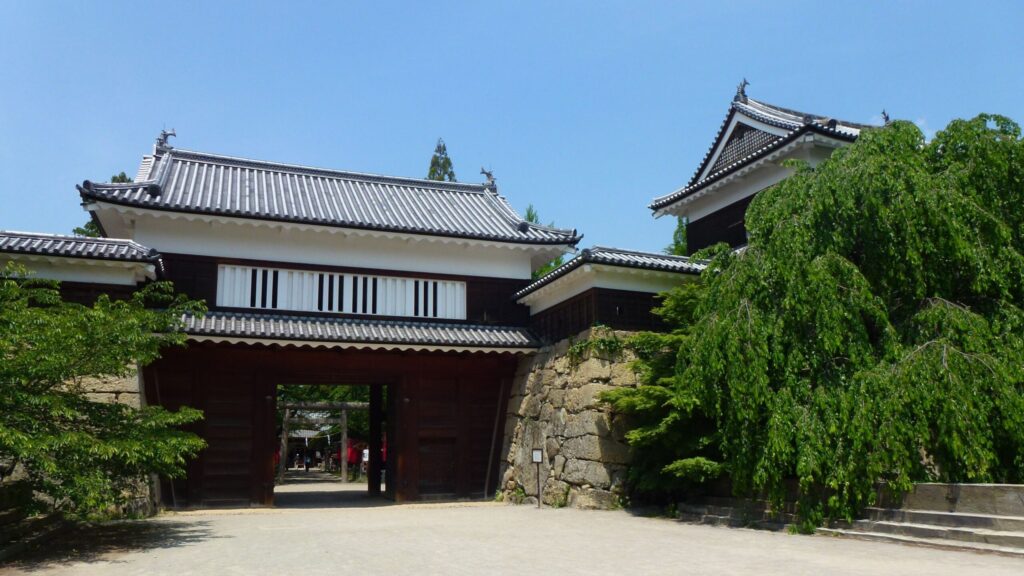
Ueda Castle was built by the strategic warrior, Sanada Masayuki. It's renowned for repelling the overwhelming Tokugawa forces twice.
Battlefield
Okehazama
Oda Nobunaga vs Imagawa Yoshimoto in 1560. The beginning of the unification of the country and the importance of information became clear.
Nagashino & Shitaragahara
Oda Nobunaga & Tokugawa Ieyasu vs Takeda Katsuyori in 1575. A continuous fire with many stocks of gunpowder shifted the War from Cavalry to Guns
Sekigahara
Tokugawa Ieyasu vs Ishida Mitsunari in 1600. 150 Letters Brought the Victory to Ieyasu, who promised territorial rewards for those loyal to the Tokugawa.
Temples
Enryakuji Temple
Enryakuji Temple was established by Saicho, the founder of the Tendai sect. His teaching was very rational: "All individuals possess the equal potential to attain Buddhahood or enlightenment."
Yoshizaki Temple
Rennyo, Head of the Jodo Shinshu sect of Buddhism, in front of Yoshizaki Branch Temple, facing Kitakata Lake, a key location of the Hokkoku-Kaido road and the Japan Sea Route. (Source: Yoshizaki Betsuin)
Eiheiji Temple
Buddhist Dogen built Eiheiji as a center for Soto Zen Training. Zazen meditation is a key practice of Soto Zen Buddhism
Others
Takayama Festival
UNESCO’s Cultural Heritage features large, ornate floats drawn by people in traditional kimonos. The Karakuri-dolls on the float perform subtle and significant moves.
The Museum Meiji-Mura
The Japanese Red Cross Central Hospital, delicately adorned with its exquisite exterior, is located in the Museum Meiji-Mura, a symbol of relief work in peace driven by Empress Dowager Shôken.
Joan Tea Room
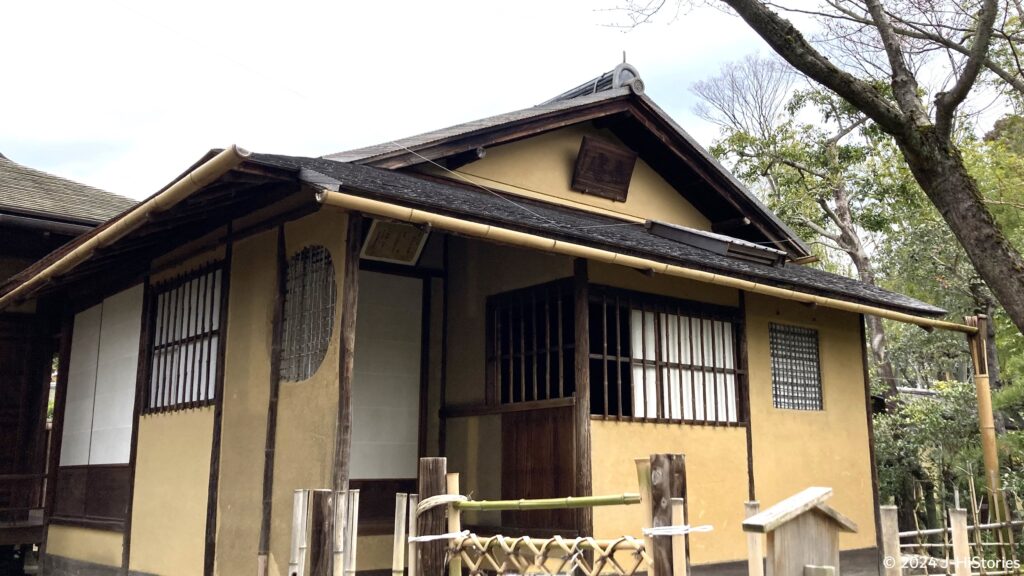
"The main principle of the tea ceremony is entertaining the guests." Samurai & Tea Master, Oda Uraku, attained this mentality despite the Warring States Period. How
Kenrokuen Garden
Kenrokuen is a strolling garden of the Maeda clan of the Kaga domain. The domain survived through the Edo period, thanks to the survival strategy of the lords.
Tokugawa Art Museum
The Tokugawa Art Museum is a treasure trove, including the Tale of Genji, samurai swords and armor, tea utensils, and more.
Ichijo-Dani
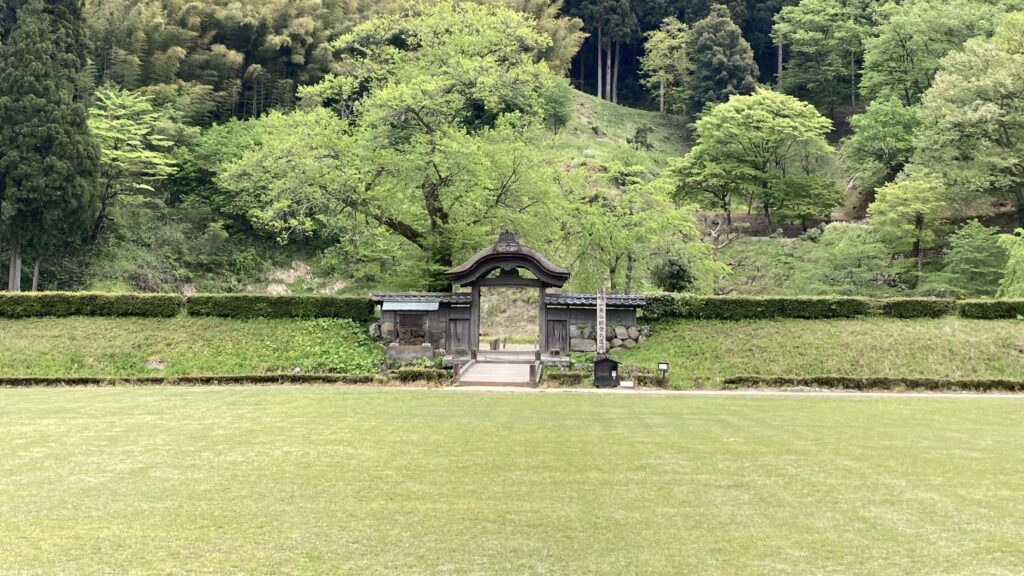
Ichijo-dani, a political and cultural center of the Asakura clan in the Echizen Province for over 103 years during the Warring States period.


